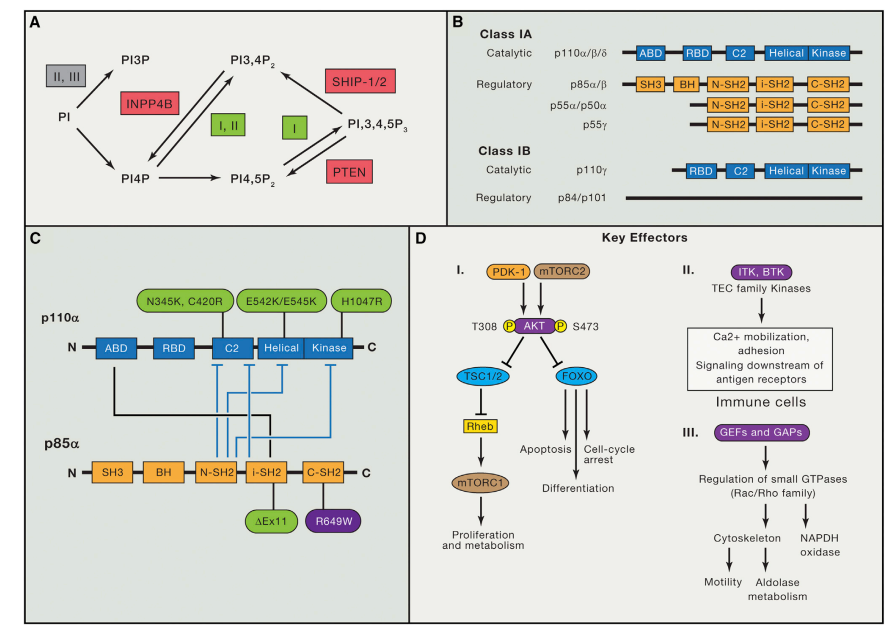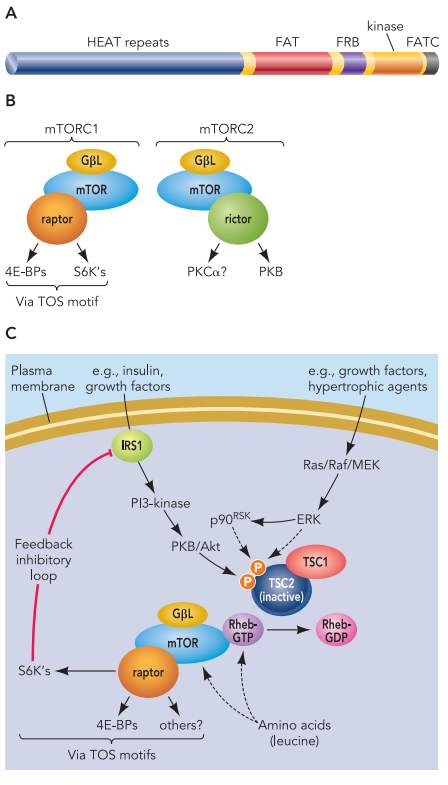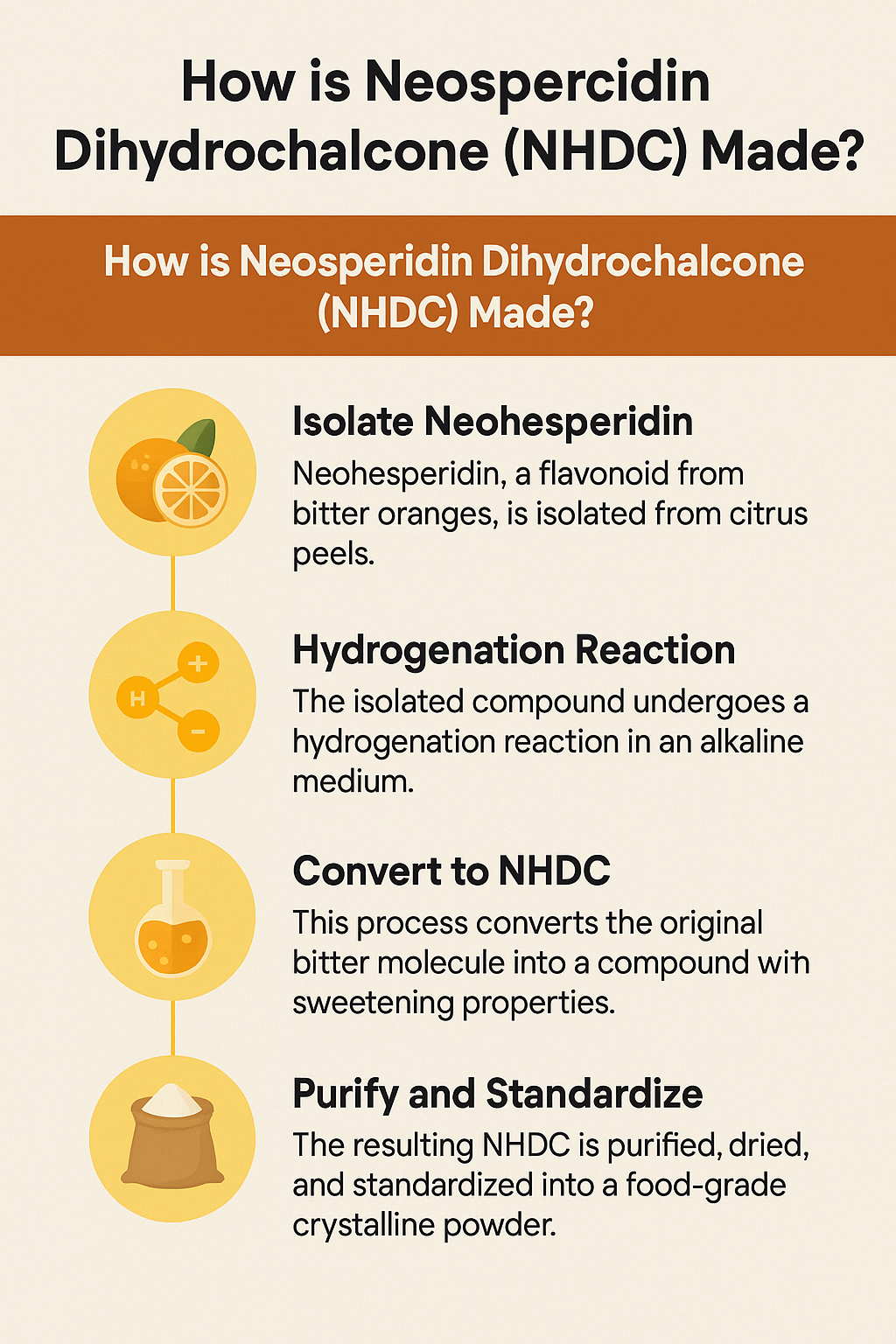How does Sermorelin Acetate Regulate the Immune System?
Abstract
Sermorelin is a synthetic growth hormone-releasing hormone with a 29 amino acid peptide, the amino-terminal fragment of endogenous growth hormone-releasing hormone (GHRH), and has significant growth-regulating growth effects. The experimental results showed that sermorelin antagonized the immunosuppressive effect caused by the immune action inhibitor cyclophosphamide in mice.
How does growth hormone-releasing peptide regulate the immune system?
The immune system is a very complex physiological system, which is regulated not only by the interactions between immune factors within the immune system but also by factors outside the immune system, including the regulation of the immune system by the nervous system, the endocrine system, and environmental factors. The neurological and endocrine systems have an important role in the regulation of immune function. The regulation of immune function by the nervous and endocrine systems is an important aspect of the regulation of the neuroendocrine-immune network. Specific receptors or binding sites on lymphocytes and other immune cells bind to different neuropeptides/neurotransmitters and peptide hormones, such as growth hormone receptors, adrenocorticotropic receptors, cholinergic receptors, adrenergic receptors, etc. With the help of these receptors, the active molecules of the neuroendocrine system can transmit relevant information to the immune system and regulate its function of the immune system. The pituitary growth hormone is the main hormone that promotes the growth and development of the body. Its pulsatile secretion from the pituitary gland is mainly regulated by hypothalamic growth hormone-releasing hormone, growth inhibitory hormone, and the feedback regulation of growth hormone and insulin-like growth factor. Recently, it has been found that the neuroendocrine and immune systems can transmit information to each other through growth hormones, thus maintaining the physiological balance and stability of the body.
In the early 80s Bowers led a group that synthesized the first growth hormone-releasing peptide (GHRP), GHRP-6, a neuro hexapeptide containing D-type amino acids that selectively Xingfei pituitary growth hormone secretion with significant growth-regulating effects, with the sequence of His-D In the following years, the research group led by Bowers synthesized GHRP-1 and GHRP-2 based on GHRP-6, which stimulate the release of growth quarter more strongly than GHRP-6. In the last decade, the research of GHRP has developed rapidly, and endogenous substances of GHRP, receptors of GHRP, and non-peptide growth hormone releasers have been discovered or synthesized. Blacklock also found that there are receptors of GHRP in the pituitary and hypothalamus, and specific receptors or binding sites on lymphocytes and monocytes/macrophages that can bind to different neuropeptides. This peptide containing D-type amino acids may stimulate the immune cells to secrete active substances by activating the corresponding receptors on the immune cell membranes, which affect the neuroendocrine system via the “upstream channel” and participate in the synthesis and secretion of pituitary hormones by regulating the activity of anterior pituitary secretory cells, accelerating protein biosynthesis and promoting animal growth. At the same time, the active substance produced by GHRP-6 after binding to the receptors of the pituitary gland or hypothalamus may regulate the function of the immune system via a “downstream channel”, and exercise regulation from molecular, cellular to the overall level. Wang Qin et al. reported that GHRP could increase the activity of arginase and acid phosphatase in peritoneal macrophages, and increase the immune function of red blood cells and serum hemolysin content. The same has been reported by Jiaqing et al. suggesting that GHRP has immunomodulatory activity.
Sermorelin acetate is a growth hormone-releasing peptide
Sermorelin acetate (SA) is a synthetic growth hormone-releasing peptide consisting of 29 amino acids, which is the amino-terminal fragment of endogenous growth hormone-releasing hormone (GHRH) with the following structural formula: Tyr-Ala-Asp-Ala-Ile-Phe-Thr-Asn-Ser-Tyr-Arg- Lys-Val-Leu-Gly-GIn-Leu-Ser-Ala-Arg-Lys-Leu-Leu-GIn-Asp-Ile-Met-Ser-Arg-Nh2; the molecular formula is C149H246N44O42S; the molecular weight is 3358.03 Dalton.

Figure 1: The structural format of sermorelin
As a growth hormone-releasing peptide, sermorelin acetate has significant growth-regulating effects, and Michael V et al. suggested that it could improve cognitive performance in the elderly. The effect of sermorelin acetate on the immune system has not been reported, but the effect of sermorelin acetate on the immunosuppressive effect of cyclophosphamide and the preliminary observation of the anti-tumor activity of S180 tumor-bearing mice were investigated to investigate the modulation of the immune function by SA. In addition to being a very delicate system, the immune system has a common language regulated by the endocrine system and the immune system. The immune system is regulated by the neuroendocrine-immune network in addition to its own very elaborate regulatory mechanisms. The conclusions are as follows.
- Sermorelin acetate increases the thymus and spleen weight in immunosuppressed mice.
- Sermoryl acetate has the effect of enhancing the phagocytic activity of macrophages in immunosuppressed mice.
- Semorelin acetate has the effect of increasing the level of specific cellular immunity and humoral immunity in immunosuppressed mice.
- Semorelin acetate can enhance the NK cell-killing activity in immunosuppressed mice.
- Semorelin acetate has the effect of inhibiting the growth of tumor cells in S180 tumor-bearing mice.
Application of sermorelin acetate
Sermorelin acetate improves cellular immune function in immunosuppressed mice, suggesting that it has some immunomodulatory effects and can restore suppressed immune function to near normal levels, especially at high doses, but there is no significant difference between high and low doses, indicating no dose-dependence. The mechanism may be through the promotion of growth hormone (GH) release, which is a kind of anterior pituitary hormone with a wide range of effects on the immune system and has the effect of promoting differentiation and thus enhancing the function of almost all immune cells. Another possibility is that sermorelin acetate has an immune-enhancing effect, and the exact mechanism needs further investigation.
In addition, the determination of thymus and spleen indices showed that sermorelin acetate significantly increased the mass of the thymus and spleen in immunocompromised mice. In normal mice, liver macrophages could phagocytose 90% of carbon particles, and spleen macrophages phagocytose about 10% of carbon particles. The results of the carbon particle scavenging test in mice showed that CY reduced the ability of the organism to phagocytose clear carbon particles, and sermorelin acetate could antagonize this reduction and improve the phagocytosis of mononuclear phagocytes, suggesting that it could enhance the non-specific immune function of mice.
DNCB is a hemi-antigen that binds with skin proteins to become a complete antigen once it penetrates the skin, stimulating T cells to proliferate and differentiate into sensitized lymphocytes, and DTH will be produced upon re-exposure to DNCB. Sermorelin acetate can increase ear swelling in immunosuppressed mice. Sermorelin acetate also increased the level of serum IL-2. The above shows that sermorelin acetate can improve the cellular immune function of immunosuppressed mice, indicating that it has a certain immunomodulatory effect and can restore the suppressed immune function to a near-normal level, especially in large doses.
Benefits of Sermorelin Treatment: From Muscle Development to Metabolism
Sermorelin treatment offers a range of potential benefits, spanning from muscle development to metabolic enhancement. Primarily used for addressing growth hormone deficiencies, Sermorelin indirectly promotes muscle growth by stimulating the pituitary gland to release more growth hormone. This heightened hormone production contributes to increased muscle protein synthesis, aiding in the development and maintenance of lean muscle mass.
Beyond its impact on musculature, Sermorelin plays a role in metabolism regulation. By elevating growth hormone levels, it can lead to improved metabolism of fats and carbohydrates. This effect is particularly valuable for individuals aiming to manage body composition and weight. Sermorelin’s metabolic influence may also support better energy utilization and enhanced exercise performance, contributing to an overall healthier lifestyle.
Furthermore, Sermorelin treatment has shown potential for enhancing bone density and promoting connective tissue health. It has been linked to increased collagen production, which can benefit skin elasticity and joint function.
Comparing Sermorelin and Traditional HGH Therapy: Pros and Cons
Sermorelin and traditional HGH therapy differ in their approach to boosting growth hormone levels. Sermorelin stimulates the body’s natural production, potentially reducing the risk of overdose and side effects. It’s more cost-effective and has shown fewer adverse effects. However, results might be milder and slower. Traditional HGH therapy involves direct hormone administration, delivering quicker and more pronounced effects, but with a higher risk of side effects and higher costs.
Research and Clinical Studies: Efficacy and Future Potential of Sermorelin
Research and clinical studies have explored the efficacy and potential of Sermorelin in various contexts. Studies on growth hormone-deficient individuals have shown that Sermorelin can effectively stimulate growth hormone release, contributing to increased muscle mass, enhanced metabolism, and improved body composition. Clinical trials have demonstrated its safety and relatively mild side effect profile compared to traditional HGH therapy.
Sermorelin’s future potential lies in its ability to address growth hormone deficiencies with a more targeted and natural approach, potentially reducing the risks associated with high-dose HGH administration. It could find applications in age-related hormone imbalances, athletic performance enhancement, and even metabolic disorders. However, further research is needed to fully understand its long-term effects, optimal dosages, and potential broader applications. Continued investigation and clinical trials will help determine the extent of Sermorelin’s role in future medical practice.
References
- Sinha DK, Balasubramanian A, Tatem AJ, Rivera-Mirabal J, Yu J, Kovac J, Pastuszak AW, Lipshultz LI. Beyond the androgen receptor: the role of growth hormone secretagogues in the modern management of body composition in hypogonadal males. Transl Androl Urol. 2020 Mar;9(Suppl 2):S149-S159. doi: 10.21037/tau.2019.11.30. PMID: 32257855; PMCID: PMC7108996.
- Esposito P, Barbero L, Caccia P, Caliceti P, D’Antonio M, Piquet G, Veronese FM. PEGylation of growth hormone-releasing hormone (GRF) analogues. Adv Drug Deliv Rev. 2003 Sep 26;55(10):1279-91. doi: 10.1016/s0169-409x(03)00109-1. PMID: 14499707.




